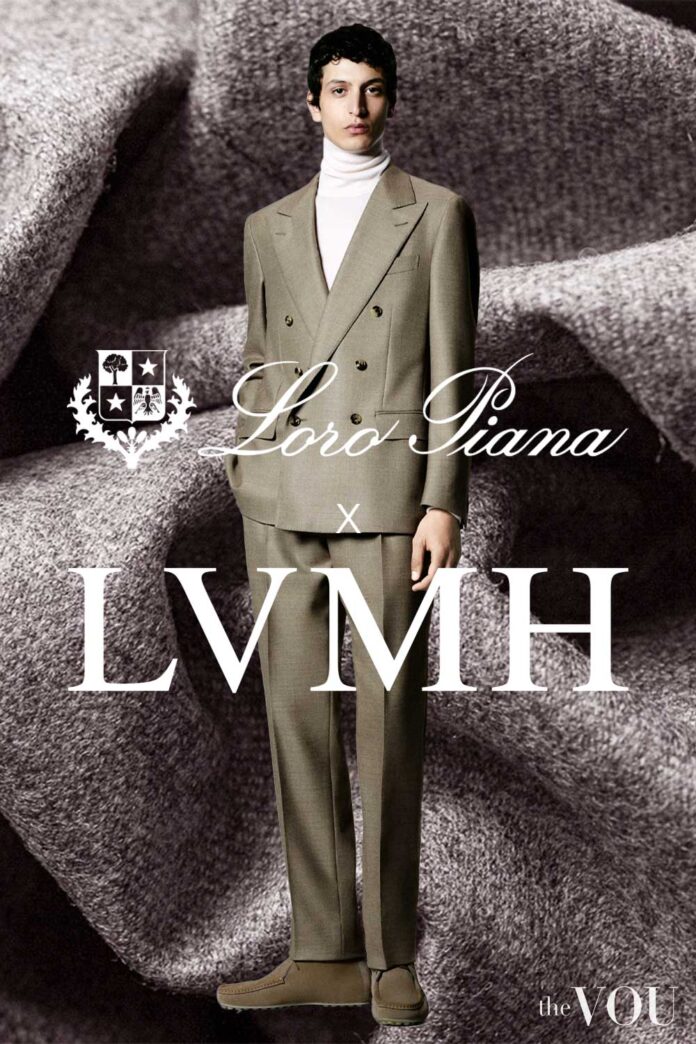If you’ve ever wondered, “Is Loro Piana owned by Louis Vuitton?” or “What’s the story behind Loro Piana’s acquisition by LVMH?” you’re not alone.
The luxury fashion world is a complex tapestry of brands, conglomerates, and strategic partnerships.
This article aims to provide the most comprehensive and detailed answer to these questions, delving deep into the history, circumstances, and implications of Loro Piana’s acquisition by LVMH (Louis Vuitton Moët Hennessy).
Whether you’re a fashion industry professional, a luxury brand enthusiast, or simply curious about the inner workings of high-end fashion, this in-depth exploration will give you unparalleled insights into one of the most significant mergers in luxury fashion history.
Loro Piana’s Humble Beginnings to Luxury Pinnacle
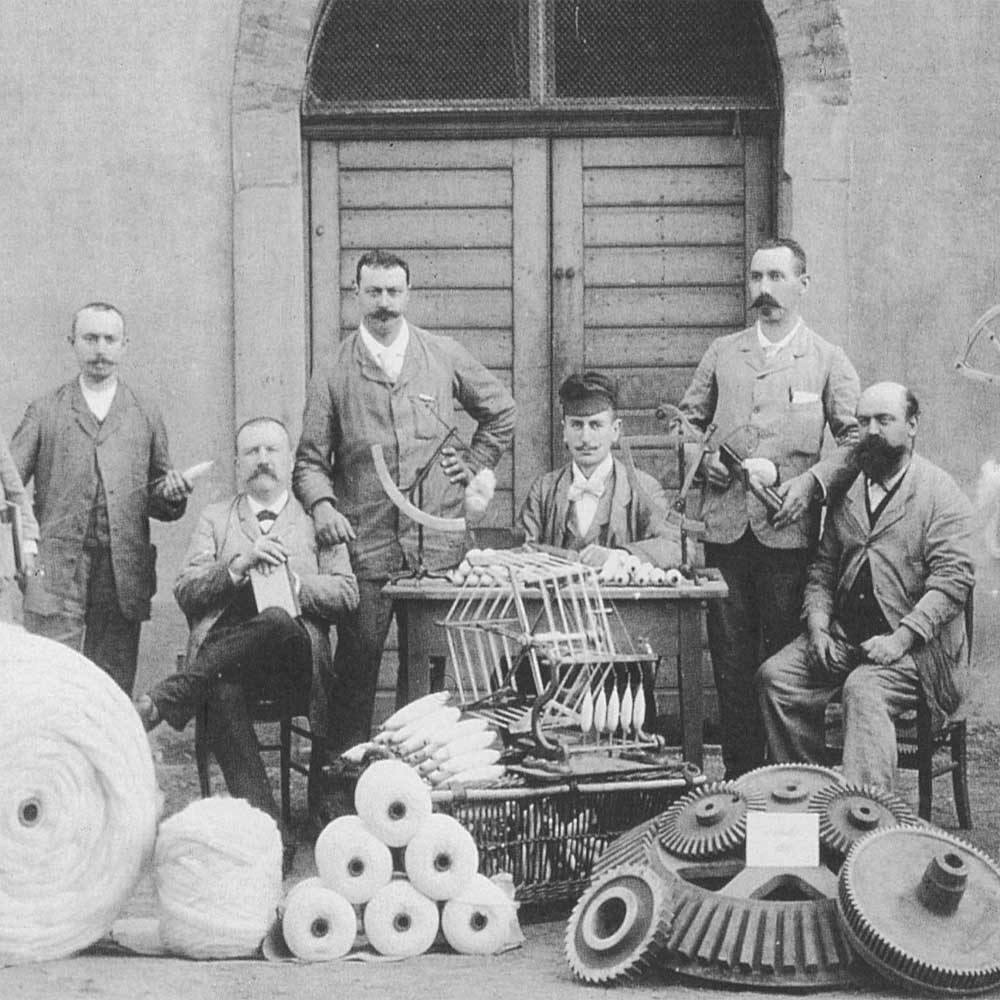
The Birth of an Italian Textile Dynasty
The Loro Piana story begins in the early 19th century in Trivero, a picturesque town nestled in the Italian Alps.
This region, known as Biella, has been synonymous with textile production since the 13th century, setting the stage for what would become a global luxury powerhouse.
1812: Pietro Loro Piana begins trading wool in the Valsesia area of northern Italy.
1850: The family expands its operations, establishing a small wool mill in Valsesia.
1924: Pietro Loro Piana, great-grandson of the founder, officially registers the company “Ing. Loro Piana & C.,” marking the formal beginning of the Loro Piana we know today.
Loro Piana’s Rise to Prominence
Under the leadership of Franco Loro Piana in the mid-20th century, the company began to distinguish itself through innovation and a relentless pursuit of quality:
1941: Franco Loro Piana takes the helm, focusing on exporting luxury fabrics internationally.
1950s: Loro Piana began supplying fabrics to haute couture houses in Paris, establishing its high-fashion reputation.
1960s: The company starts specializing in cashmere and extra-fine merino wool, setting new standards in luxury textiles.
Transformation into a Luxury Brand
The true transformation of Loro Piana from a textile producer to a luxury brand came under the leadership of brothers Sergio and Pier Luigi Loro Piana:
1975: Sergio and Pier Luigi Loro Piana, representing the sixth generation, take over the company.
1980s: Loro Piana begins vertical integration, controlling every aspect of production from raw material sourcing to finished products.
1990: Launch of the first ready-to-wear collection, marking Loro Piana’s entry into the luxury consumer market.
1999: The first Loro Piana boutique opened in New York City, signalling the brand’s global ambitions.
What Set Loro Piana Apart Today
Under the brothers’ leadership, Loro Piana became known for several groundbreaking innovations:
The Gift of Kings®: In the 1980s, Loro Piana developed this ultra-fine Merino wool, measuring just 12 microns in diameter.
Baby Cashmere: Introduced in the 1990s, this incredibly soft fibre is combed from the under fleece of Hircus kid goats in their first year.
Vicuña Conservation: In 1984, Loro Piana played a crucial role in preserving the vicuña species and ethically sourcing its precious wool.
Storm System®: Developed in the early 2000s, this technology makes luxury fabrics water and wind-resistant without compromising softness.
LVMH Acquisition – A Meeting of Luxury Titans
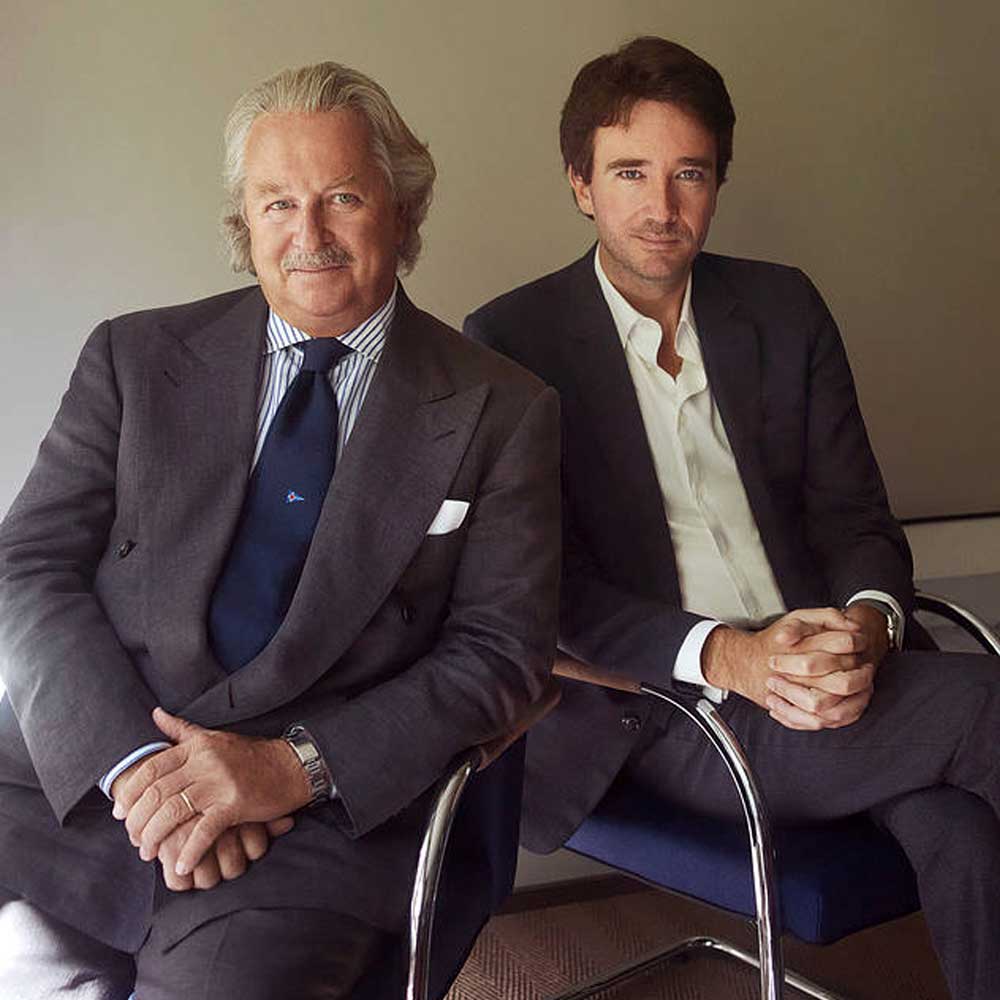
The Stage – Luxury Market in 2013
To understand the significance of LVMH’s acquisition of Loro Piana, it’s crucial to consider the state of the luxury market in 2013:
- The global luxury goods market was valued at approximately €217 billion, showing resilience post-2008 financial crisis.
- China had emerged as a key growth driver for luxury brands, with an increasing appetite for high-end European goods.
- There was a growing consolidation trend in the luxury sector, with conglomerates like LVMH and Kering acquiring independent brands.
How LVMH Courted Loro Piana
The acquisition process was characterized by discretion and mutual respect, befitting both companies’ reputations:
Early 2013: Initial discussions between LVMH and Loro Piana begin, led by Bernard Arnault and Antoine Arnault for LVMH, and Sergio and Pier Luigi Loro Piana.
April-June 2013: Intensive due diligence and negotiations occur, with both parties valuing preserving Loro Piana’s heritage and craftsmanship.
July 8, 2013: LVMH announces the acquisition of an 80% stake in Loro Piana for €2 billion, leaving 20% with the Loro Piana family.
Key Players in the Merger
The acquisition involved some of the most influential figures in the luxury industry:
Bernard Arnault: Chairman and CEO of LVMH, known for his strategic acquisitions and for building LVMH into the world’s largest luxury group.
Antoine Arnault: Bernard’s son and member of LVMH’s board, who played a crucial role in negotiations and later became chairman of Loro Piana.
Sergio and Pier Luigi Loro Piana: The brothers who led Loro Piana to global success would continue to be involved post-acquisition.
Pierre-Yves Roussel: Then CEO of LVMH Fashion Group, who oversaw the integration of Loro Piana into LVMH’s portfolio.
The Deal in Numbers
The acquisition was one of the largest in LVMH’s history:
Valuation: €2.7 billion for 100% of Loro Piana
LVMH Stake: 80% acquired for €2 billion
Multiple: The deal valued Loro Piana at 3.8 times its 2013 revenues (€700 million)
Funding: LVMH used a combination of cash and debt to finance the acquisition
Why Loro Piana and LV Merger Makes Sense
LVMH’s Reason
For LVMH, acquiring Loro Piana aligned with several strategic objectives:
Expanding in Ultra-Luxury: Loro Piana filled a gap in LVMH’s portfolio for an ultra-high-end, understated luxury brand.
Vertical Integration: Accessing Loro Piana’s expertise in sourcing and processing rare fibres enhanced LVMH’s capabilities across its fashion brands.
Growth Potential: LVMH saw opportunities to expand Loro Piana’s ready-to-wear and accessories lines and global retail presence.
Synergies: The acquisition offered potential synergies in global distribution, marketing, and raw material sourcing.
Loro Piana’s Reason
For the Loro Piana family and company, joining LVMH offered several advantages:
Global Expansion: Access to LVMH’s global network and resources to accelerate international growth.
Financial Stability: The backing of a large conglomerate provides financial security and investment capital.
Preservation of Legacy: LVMH’s track record of maintaining brand identities assured the continuation of Loro Piana’s heritage.
Succession Planning: The deal provided a solution for long-term succession, ensuring the brand’s future beyond the current generation.
Loro Piana After LVMH Merger
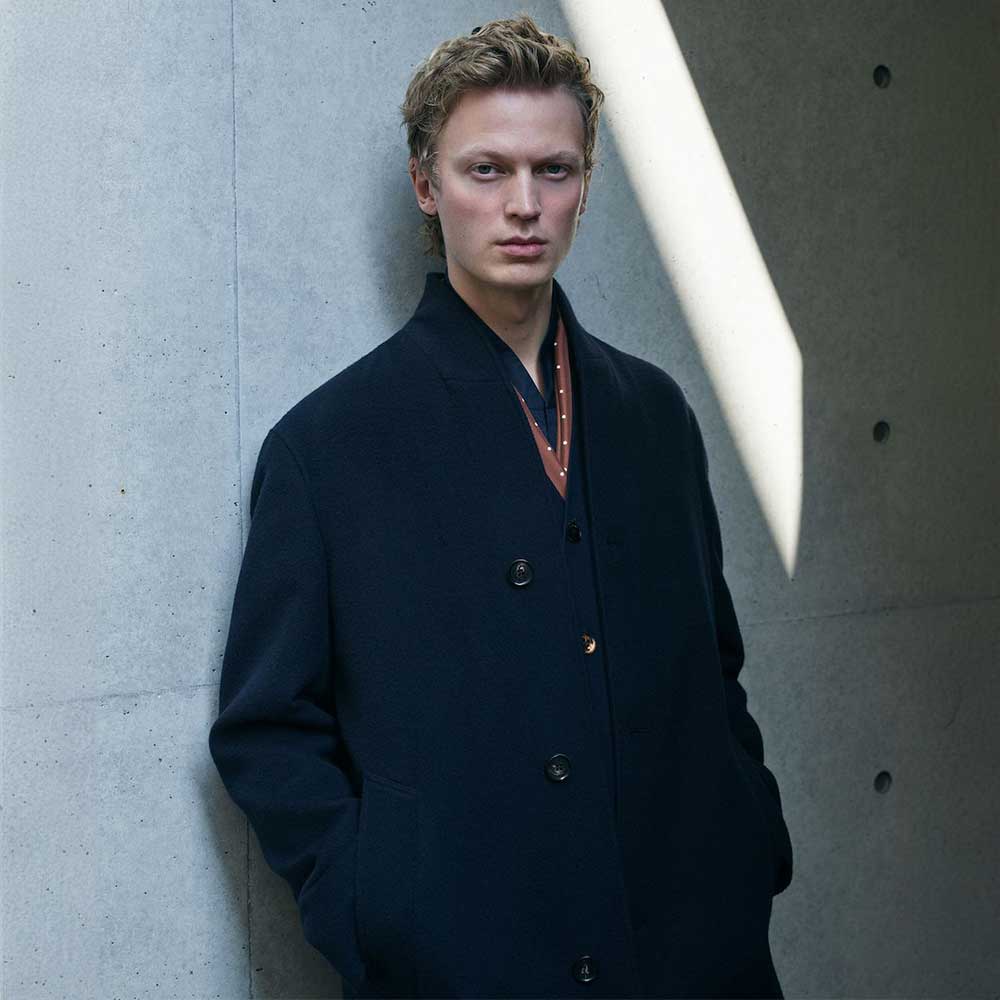
Changes and Continuity
In the immediate aftermath of the acquisition, LVMH took steps to ensure a smooth transition:
- Sergio and Pier Luigi Loro Piana remained chairman and deputy chairman, respectively.
- Matthieu Brisset, a longtime LVMH executive, was appointed CEO to oversee day-to-day operations.
- LVMH maintained Loro Piana’s existing management team and production facilities.
Growth and Expansion
Under LVMH’s ownership, Loro Piana has seen significant growth:
Revenue Growth: From €700 million in 2013 to an estimated €1.6 billion in 2022.
Retail Expansion: Increased from around 130 stores in 2013 to over 200 by 2023.
Product Diversification: Expansion into new categories like home furnishings and leather goods.
Challenges and Adaptations
However, the integration has not been without challenges:
Maintaining Exclusivity: Balancing growth with Loro Piana’s ultra-exclusive image has required careful management.
Cultural Integration: Adapting Loro Piana’s family business culture to LVMH’s corporate structure has been an ongoing process.
Leadership Transitions: In 2016, Fabio d’Angelantonio replaced Matthieu Brisset as CEO, bringing experience from Luxottica Group.
Loro Piana’s Future Under LVMH
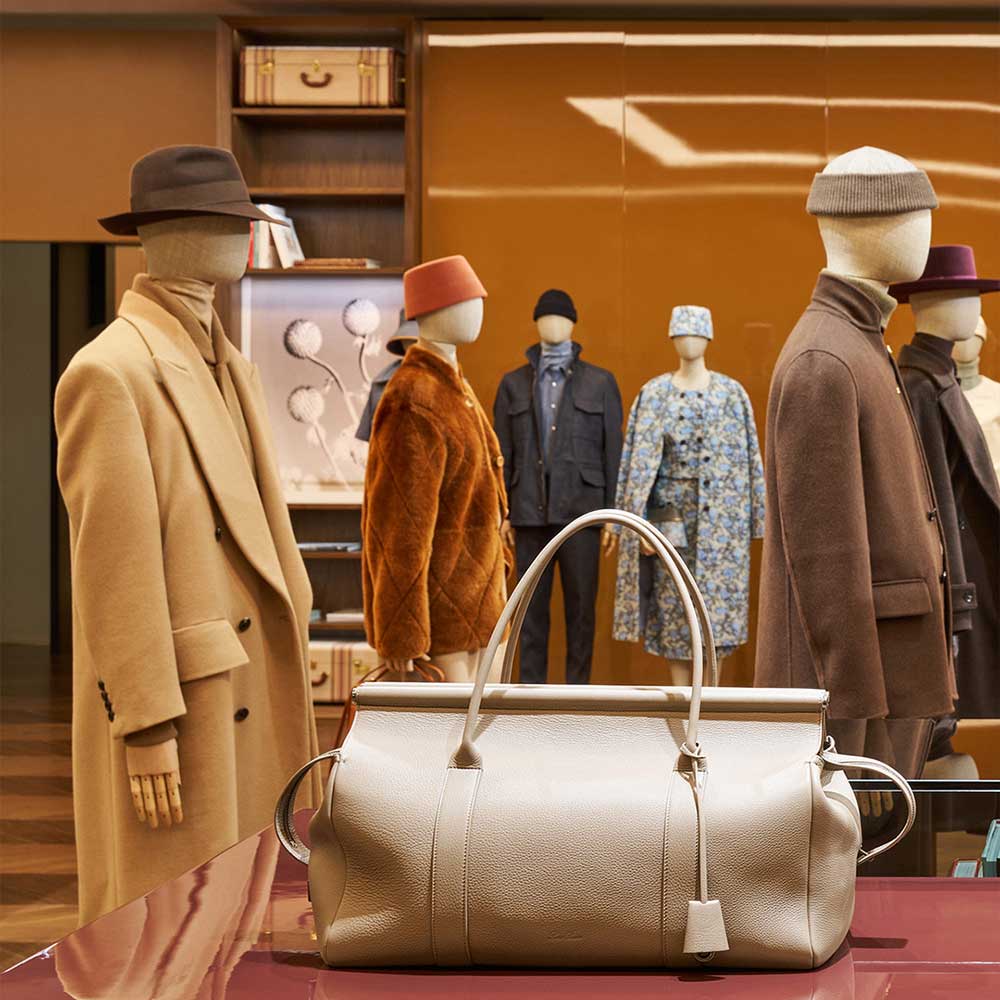
Priorities
Looking ahead, several key areas are likely to shape Loro Piana’s future under LVMH:
Digital Transformation: Enhancing e-commerce capabilities and digital marketing while maintaining the brand’s high-touch service.
Sustainability Initiatives: Expanding programs like the Loro Piana Method for sustainable cashmere production.
Emerging Markets: Further penetration into luxury markets like China, India, and Southeast Asia.
Innovation in Materials: Continued investment in R&D for new luxury fibres and textile technologies.
Industry Implications
The success of the Loro Piana acquisition has broader implications for the luxury industry:
- It demonstrates the potential for heritage brands to thrive within large luxury conglomerates.
- The acquisition highlights the importance of vertical integration and control over rare raw materials in the luxury sector.
- It benchmarks how family-owned luxury businesses can successfully transition to corporate ownership.
Conclusion
LVMH’s acquisition of Loro Piana represents more than just a financial transaction; it’s a pivotal moment in the evolution of the luxury industry.
By bringing together Loro Piana’s unparalleled expertise in luxury textiles with LVMH’s global reach and resources, this merger has created a powerhouse that sets new standards for quality, innovation, and growth in the ultra-luxury segment.
This comprehensive analysis shows that the Loro Piana-LVMH story is one of mutual benefit, careful integration, and strategic vision.
It offers valuable insights into the dynamics of the luxury market, the challenges of preserving heritage while pursuing growth, and the potential for synergy between family-owned businesses and global luxury conglomerates.
For fashion industry experts and luxury enthusiasts, the Loro Piana acquisition is a case study of how traditional craftsmanship and corporate strategy coexist and thrive.
As Loro Piana continues to evolve under LVMH’s stewardship, it will remain a brand to watch, setting trends and defining luxury fashion.
Styling Beyond Loro Piana
Knowing that Loro Piana is a luxury clothing brand and considering having the Italian brand in your wardrobe is just a small step towards dressing like a confident and successful gentleman.
Perfect men’s styling starts with your unique body type and colour palette and only then, with the occasion, location, season, and time of the day – and this is a men’s styling secret that only expert image consultants know.
And if you want to learn, we’re here to help; start by knowing your body type and unique colour palette so you can select clothes for your body shape in colours that match your skin, eyes, and hair.
You must also know which fashion brands to shop from and, more importantly, how to style these garments, footwear, and accessories to create a look of subtle luxury and success.
After learning to choose fashion from heritage fashion brands according to your body shape and colour palette, you’ll have to master styling by occasion, location, season, and even time of day.
If you feel overwhelmed, worry no more – we’re here to help you in three easy and free steps:
1. Find Your Body Type
Different garments flatter different physiques, so knowing your body type is the first step in dressing like a confident man – free body shape quiz for men.
Once you know your unique body type, take the second free quiz to discover your unique colour palette.
2. Find Your Unique Color Palette
Remember, fashion comes in various colours, but not every hue complements your natural colour. Take our free seasonal colour quiz for men to find the most suitable colours for you.
3. Find Your Ideal Fashion Style
By now, you should already know your body type and unique colour palette, so the next step is to discover your ideal personal fashion style.
The fastest and simplest way is to take our free fashion style quiz for men; it includes your ideal style, multiple outfit ideas, the most relevant fashion brands for your unique look, and much more.
4. Professional Image Consultancy with The VOU
Last but not least is mastering how to style according to occasion, location, season, and time of the day; this is where our professional styling services for men, created by our expert image consultants and fashion stylists, come in.
Our paid styling packages are the most comprehensive and detailed on the market. Each is backed up by expert stylists who will guide you step by step in creating a personal wardrobe that communicates affluence, elegance, and endless accomplishments.
Remember, owning luxury clothes isn’t enough; to look stylish, confident, and successful, you must know your body type and colour palette and how to style according to the occasion, location, season, and time of day.
Contact us today and save headaches, time, and money; the first styling assessment is on us!
It’s time to show the world the confident and successful you, a gentleman of exquisite fashion taste.
With over twenty years of front-row fashion and styling events, collabs with haute-couture houses, and a PhD in Luxury Fashion, Laurenti is an expert in crafting personalised looks that depict old-money sophistication.
With years of expertise in high-end fashion collabs and a PhD in Sustainable Fashion, Ru specialises in eco-luxe wardrobes for the modern gentleman seeking understated refinement.


